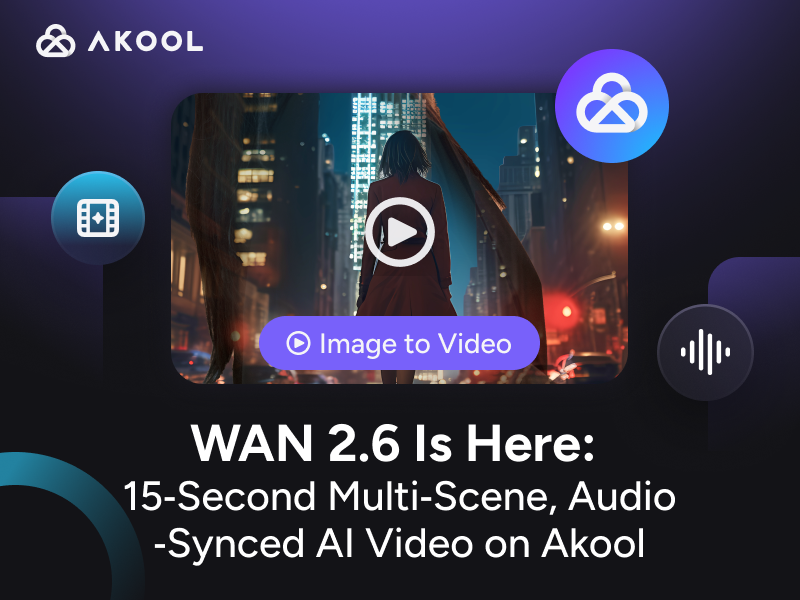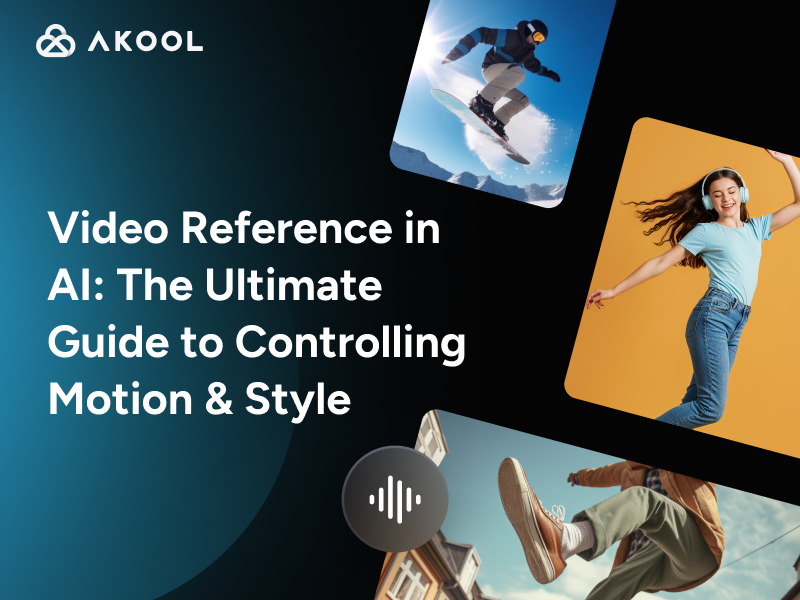Introduction to AI for Personalized Employee Communication
AI for personalized employee communication refers to using artificial intelligence to tailor messages to individual employees based on their preferences, behaviors, and roles. By leveraging data analytics and natural language processing, AI can create customized content that enhances engagement and improves internal communication. This technology streamlines messaging, ensuring relevance and improving overall workplace productivity. Key capabilities include sentiment analysis, automated responses, and targeted content delivery.
How to Use AI for Personalized Employee Communication
Implementing AI for personalized employee communication can revolutionize how creative agencies and creators engage with their teams. Here's a step-by-step guide to get started:
Step 1: Define Objectives
- Assess Needs: Identify areas where personalized communication could enhance employee engagement and productivity.
- Set Goals: Establish clear objectives, such as improving onboarding efficiency or increasing employee satisfaction.
Step 2: Gather and Analyze Data
- Collect Data: Gather data on employee preferences, behaviors, and communication patterns from various sources like HR systems and surveys.
- Utilize AI Tools: Employ AI in Human Resources tools for data analytics to interpret collected data, identifying trends and individual preferences.
Step 3: Leverage AI Capabilities
- Natural Language Processing (NLP): Use NLP to understand and generate personalized messages that align with employee preferences.
- Sentiment Analysis: Implement sentiment analysis to tailor communication tones based on emotional cues from employee interactions.
Step 4: Develop Personalized Content
- Automated Messaging: Create automated responses for routine inquiries, freeing up time for more complex interactions.
- Customized Content: Develop targeted content delivery systems to ensure each employee receives relevant information based on their role and interests.
Step 5: Integrate with Existing Systems
- Seamless Integration: Ensure AI platforms integrate with current HR and communication systems to maintain data consistency and enhance personalization accuracy.
- Feedback Loop: Set up mechanisms for continuous feedback to refine AI models and improve communication strategies.
Step 6: Monitor and Iterate
- Track Performance: Regularly monitor the effectiveness of AI-driven communication through metrics like open rates and employee feedback.
- Continuous Improvement: Use insights from performance tracking to make iterative improvements to your AI communication strategies.
By following these steps, creative agencies and creators can harness AI for HR to craft personalized, relevant, and engaging communication that resonates with employees, fostering a more connected and productive workplace.
Applications of AI for Personalized Employee Communication
AI for personalized employee communication is transforming how organizations interact with their workforce. Here are some key applications:
| Application | Description |
|---|---|
| Tailored Onboarding | AI systems customize onboarding materials and schedules based on new hires' roles, skills, and experience. |
| Performance Feedback | AI analyzes performance data to provide personalized feedback and development plans. |
| Employee Engagement | AI-driven platforms send personalized messages and surveys to gauge employee satisfaction. |
| Training Recommendations | AI suggests personalized training modules and resources aligned with employees' career goals. |
| Crisis Communication | AI delivers personalized alerts and instructions during emergencies. |
These applications enhance communication efficiency and foster a more engaged and informed workforce.
Technical Insight into AI for Personalized Employee Communication
Data Analytics and NLP
AI utilizes data analytics to analyze employee data, including preferences and behaviors. Natural Language Processing (NLP) enables understanding and generating human language, crucial for crafting personalized messages.
Sentiment Analysis
AI employs sentiment analysis to gauge employee emotions from textual data, adapting communication tone accordingly. This ensures messages resonate emotionally, fostering effective engagement.
Automated Responses
AI systems can generate automated responses to routine queries, reducing response time. This automation is guided by machine learning models trained on historical interaction data.
Targeted Content Delivery
Leveraging algorithms, AI identifies the most relevant content for each employee based on their role and interest areas. This precision ensures employees receive information pertinent to their tasks and development.
Integration with Internal Systems
AI platforms often integrate with existing HR and communication systems, pulling data from various sources to enrich personalization. This holistic approach enhances the accuracy and relevance of communication efforts.
By harnessing these technical capabilities, AI for personalized employee communication creates a dynamic and responsive workplace communication environment.
Statistics on AI for Personalized Employee Communication
Incorporating AI for personalized employee communication is transforming the way organizations engage with their workforce. Here are some key statistics that highlight the impact and potential of AI in this domain:
| Statistic | Impact |
|---|---|
| Increased Engagement | Organizations using AI-driven communication tools saw a 20% rise in employee engagement. |
| Efficiency in Communication | AI tools have reduced the time spent on crafting messages by 30%. |
| Improved Retention Rates | Companies with AI communication experienced a 15% decrease in employee turnover. |
| Cost Savings | Businesses deploying AI for communication can reduce overall communication costs by up to 25%. |
These statistics underscore the transformative impact AI can have on employee communication, enhancing engagement, efficiency, retention, and cost-effectiveness. For creators, developers, and creative agencies, leveraging AI for Employee Engagement can significantly optimize internal communication strategies, leading to a more dynamic and responsive workplace.
FAQ: Enhancing Workplace Communication with AI
How does AI improve personalized employee communication?
AI enhances personalized employee communication by analyzing data to tailor messages, ensuring relevance and engagement, and fostering a more connected workplace environment.
What are the benefits of using AI for employee communication?
Utilizing AI for employee communication leads to improved message accuracy, increased engagement, and streamlined information dissemination, ultimately boosting productivity and morale.
Can AI tools be integrated with existing communication platforms?
Yes, AI tools for personalized employee communication can be integrated with existing platforms like Slack, Microsoft Teams, and email systems, enhancing their functionality without disrupting current workflows.
How does AI ensure the privacy and security of employee data?
AI systems prioritize privacy and security by employing advanced encryption methods, ensuring that all employee data used for communication personalization is protected and compliant with data protection regulations.
What types of messages can be personalized using AI?
AI can personalize a wide range of messages, including onboarding communications, feedback requests, company updates, and training reminders, making each interaction more relevant to the recipient.
Is AI suitable for all sizes of organizations?
Yes, AI for personalized employee communication is scalable and can be tailored to suit organizations of all sizes, from small businesses to large enterprises, enhancing communication efficiency across the board.
How does AI measure the effectiveness of employee communication?
AI tools provide analytics and insights into communication effectiveness by tracking engagement metrics, message open rates, and employee feedback, allowing for continuous improvement in communication strategies.
What are the initial steps to implement AI for employee communication?
To implement AI for employee communication, begin by assessing current communication needs, selecting a suitable AI tool, integrating it with existing systems, and training staff to maximize its potential for personalized interactions.




